Tourist Accommodation Facility
Open for accommodation: May 1- Oct 31, (visits 10am-4pm)

donation
Help me to pay the entrance fee to one of the houses on this website. This site is created purely out of love for the subject and I receive no payment so any donation is appreciated!
€10.00


We treated ourselves to a stay during Heritage Week 2022! We had a lovely stay for three nights. It was formerly called Ashill Towers, but since the towers were taken down in the 1960s it is now called Ash Hill.
The website tells us: “Ash Hill is a large, comfortable Georgian estate, boasting many fine stucco ceilings and cornices throughout the house. For guests wishing to stay at Ash Hill, we have three beautifully appointed en-suite bedrooms, all of which can accommodate one or more cots…Open to the public from January 15th through December 15th. Historical tours with afternoon tea are easily arranged and make for an enjoyable afternoon. We also host small workshops of all kinds, upon request…For discerning guests, Ash Hill can be rented, fully staffed, in its entirety [comfortably sleeps 10 people]. Minimum rental 7 days.”


Mark Bence-Jones writes in his Guide to Irish Country Houses (1988):
“(Evans/Carbery/ Johnson/ Harrington) A C18 pedimented house [the National Inventory tells us it was built in 1781], the back of which was rebuilt in Gothic 1833, probably to the design of James and George Richard Pain [the National Inventory corrects this – it was designs by Charles Frederick Anderson], with two slender round battlemented and machiolated towers. Rectangular windows with wooden tracery. Good plasterwork in upstairs drawing room in the manner of Wyatt and by the same hand as the hall at Glin Castle; saloon with domed ceiling. The towers have, in recent years, been removed. Originally a seat of the Evans family; passed in the later C19 to John Henry Weldon. Now the home of Major Stephen Johnson.” [1]
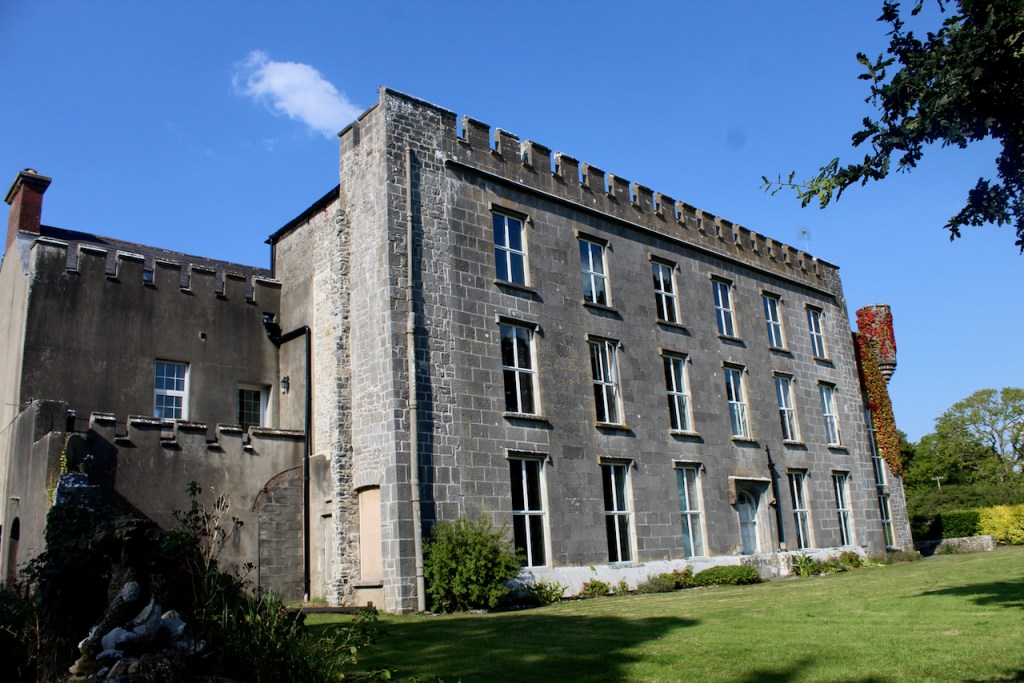

The website tells us: “In the 1830’s, Eyre Evans employed Charles Anderson, an architect, to build the front of the house in a Gothic style with two large towers on it. There are various Gothic features in this part of the house. Unfortunately, due to excessive rates (a valuation based property tax), some parts of the house, including the towers, were removed in the early 1960s.”

Above is the facade facing in to the courtyard. Mark Bence-Jones refers to this side as the front and the other side as the “back,” the Gothic side with its crenellated roof and limestone hood mouldings over windows and door. The National Inventory refers to this side as the “rear,” it is the north side of the house. It has a central pedimented breakfront and a Venetian window over the door, which is now the main entrance to the house. The doorway has side windows and a fanlight above with cobweb pattern and the door is set between two limestone pilasters. A second door also has similar tripartite setting of fanlight and sidelights. On the other side of the entrance door instead of the second door there is another Venetian window. [2]

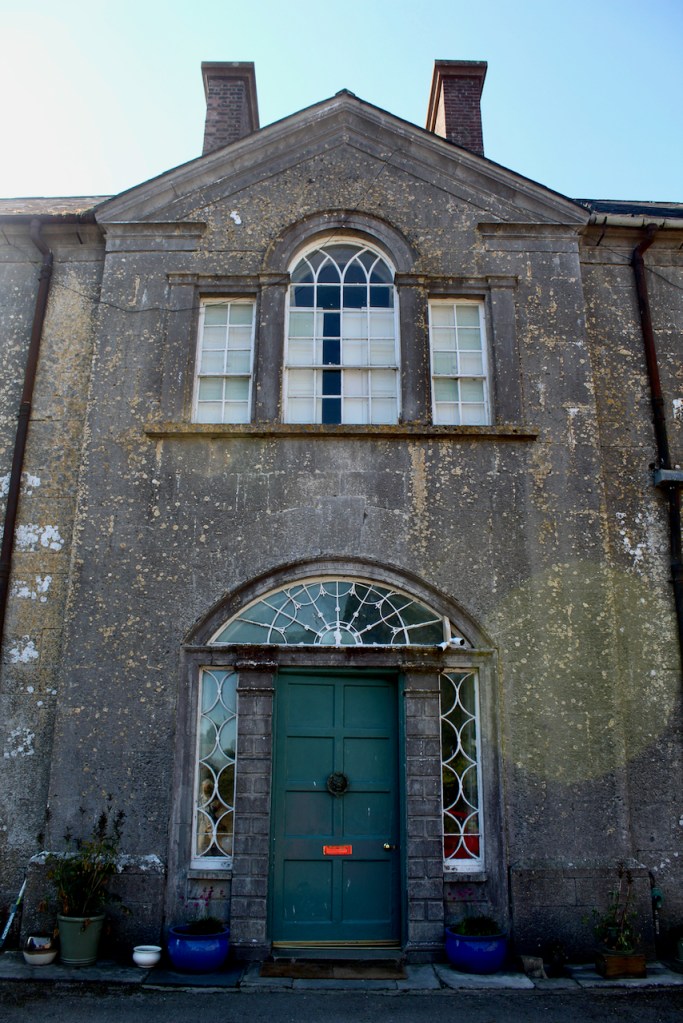
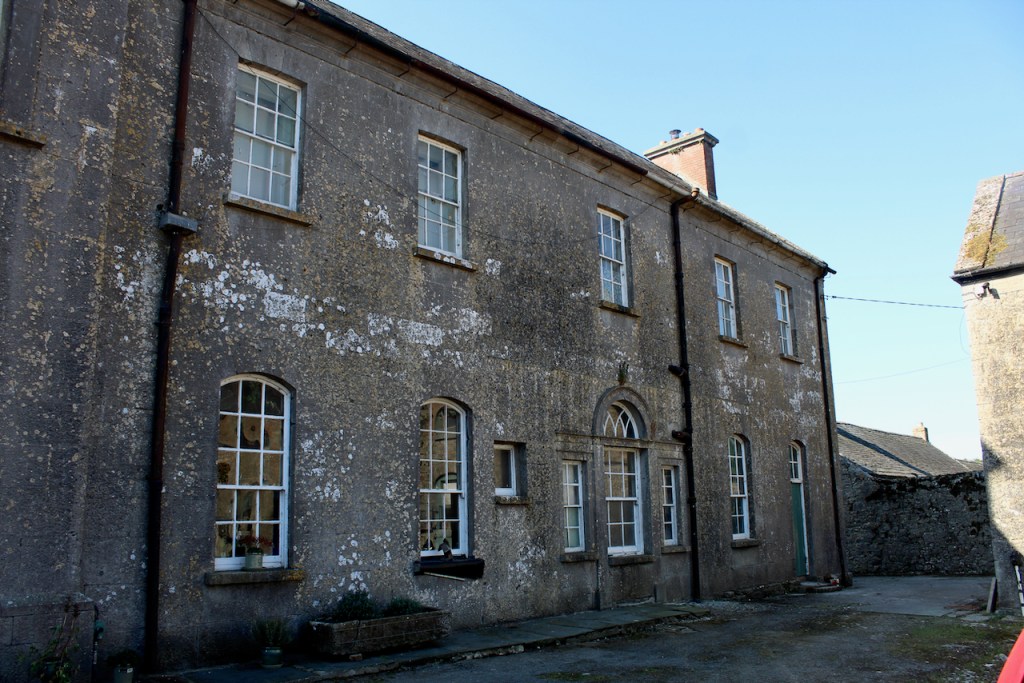
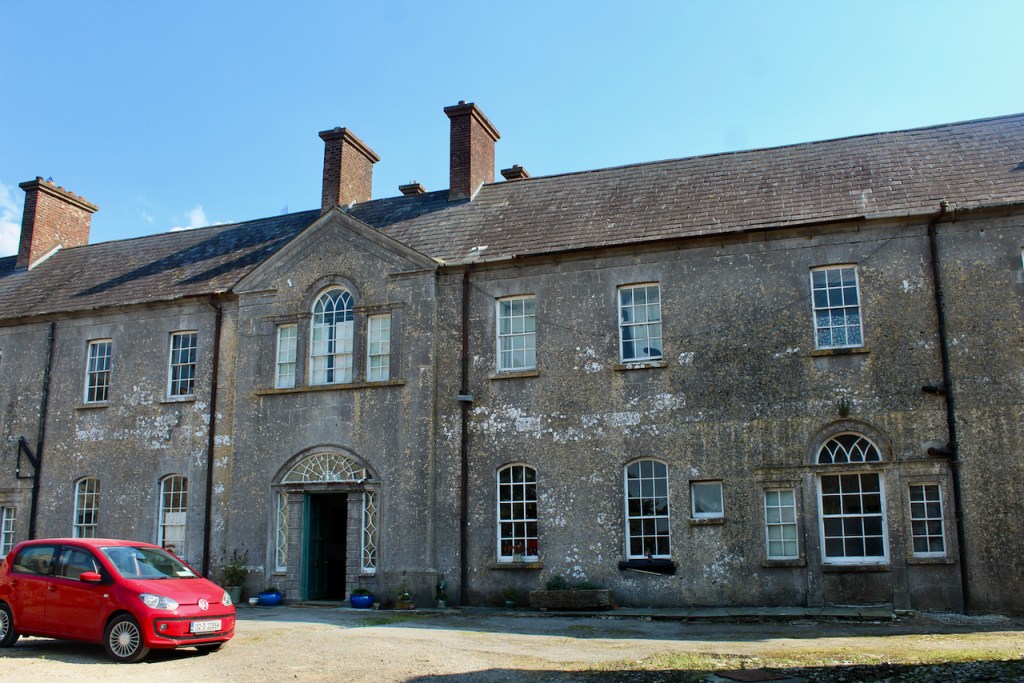

The website also tells us about its history:
“The oldest evidence of habitation at Ash Hill is what is believed to be a long barrow grave dating somewhere between 4000 and 2000 B.C. This was described in letters written by Eileen Foster, an American visiting her ancestral home, Ash Hill, in 1908. Miss Foster wrote “close to the avenue, as they call it, although there are trees on only one side of the road, is a large green mound which is supposed to mark the burial place of one of the Irish chieftains and a number of his followers. It was the custom in those days to bury a dozen or so of his slaves with every chieftain. Father says he would like to explore the spot, but not a man could be found who would put a spade into the sacred earth”.
“Also on the estate, beside the site of an old lake, there are the remains of a crannog (an Irish house built on a small island) usually dating prior to 1000 A.D. The lake was drained in the 1915 and during this process, the remains of numerous Irish Elk (deer from the interglacial period) were discovered.
“Close to the lake, overlooking the town, is the site of Castle Coote, birthplace of Lieutenant General Sir Eyre Coote, conqueror of India. This castle was demolished in the later half of the eighteenth century.
“The courtyard to the main house was built sometime between 1720 and 1740 and it was sympathetically restored in the 1950’s by the late Mrs. Denny Johnson. The present house, which overlooks this courtyard, was built by Chidley Coote in 1781.“
The entrance door faces on to a stable courtyard. The stables have lovely lunette half-moon windows surrounded in red brick.
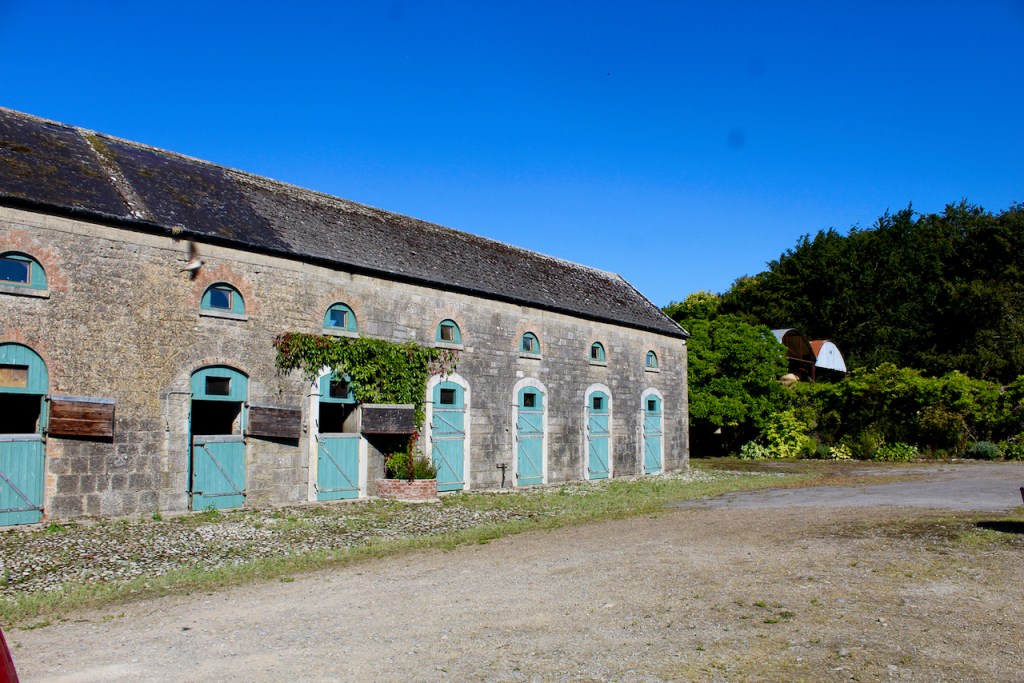
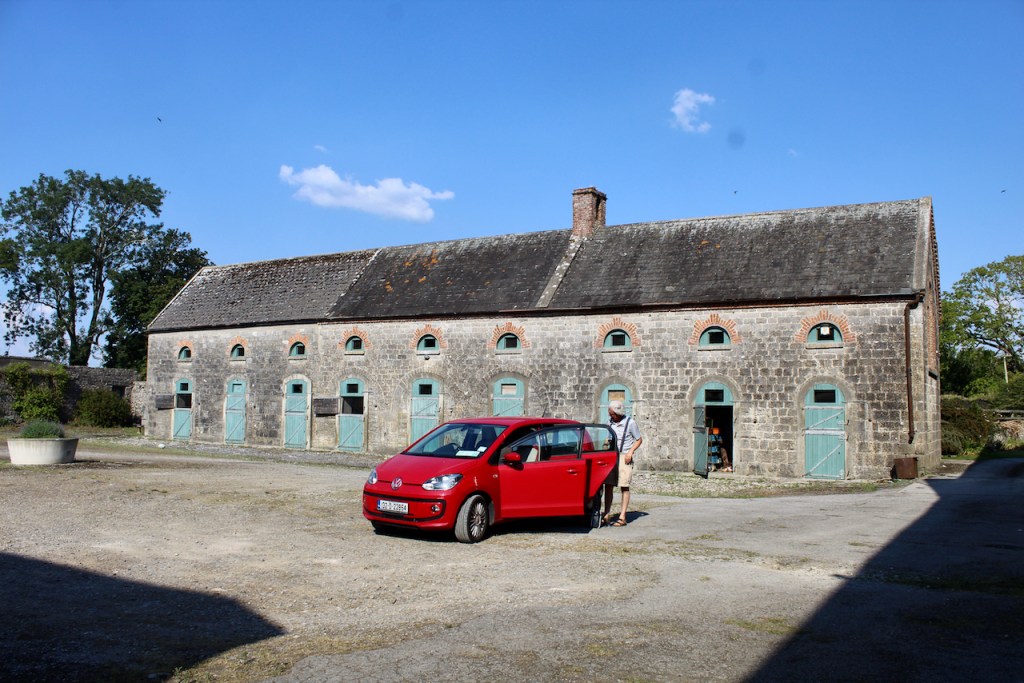


The National Inventory tells us that the entrance carries the Evans family motto.
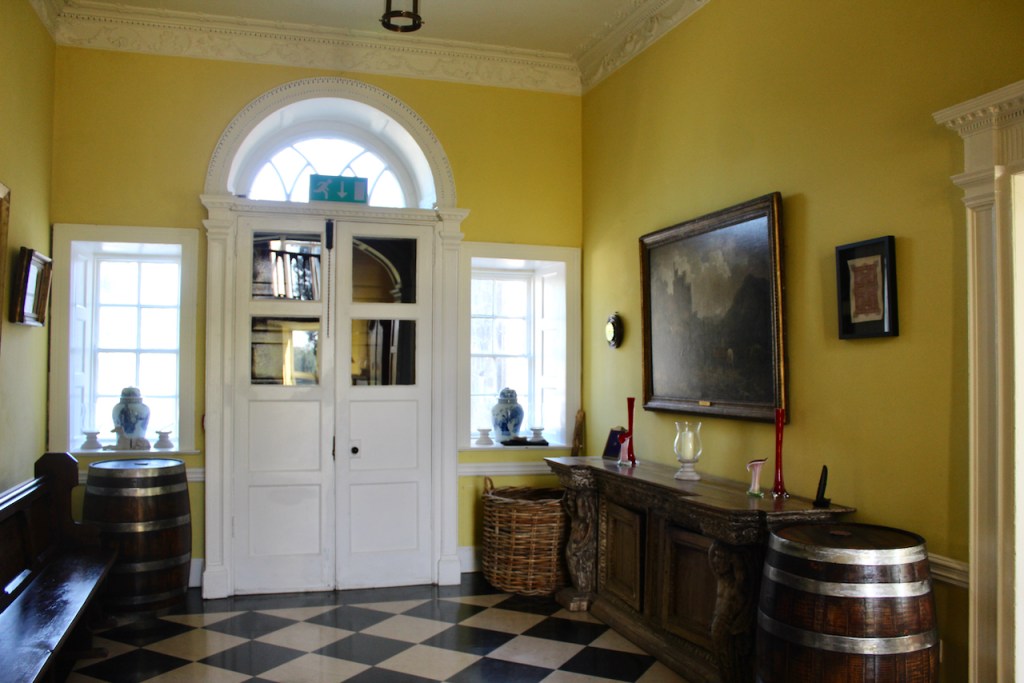
There are two entrance halls, one for each of the doors facing into the stable yard. Both have beautiful plasterwork.
The website tells us: “The first recorded ownership of Ash Hill was in 1667 when Chidley Coote acquired the property from Catherine Bligh.” [3]
Lt-Col. Chidley Coote (c. 1644-1702) married Catherine Sandys and had a son, who became Reverend Chidley Coote (1678-1730). He lived at Ash Hill. He married Jane Evans, daughter of George Evans (1658-1720) of Bulgaden Hall, County Limerick, MP for Limerick. Jane’s mother was Mary Eyre, of Eyrecourt, County Galway, and it is thanks to her that the name “Eyre” entered the family.
A daughter of Lt.-Col. Chidley Coote and Catherine née Sandys, Catherine, married Henry Boyle, 1st Earl of Shannon.
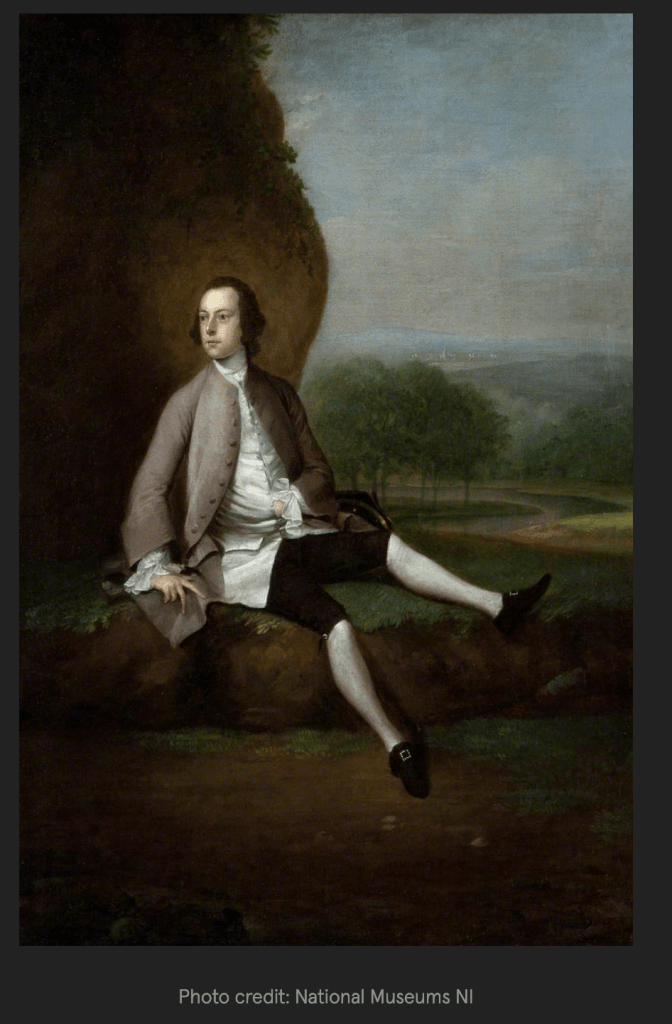
Reverend Chidley Coote (1678-1730) and Jane née Evans had a son in 1726, Eyre Coote (ca. 1726-1783), born at Ash Hill which was known as Castle Coote at that time. Castle Coote in County Limerick is not to be confused with Castlecoote in County Roscommon, another Section 482 property that we have yet to visit.
The Ash Hill website tells us: “General [Eyre] Coote went on to become one of the greatest military tacticians of the eighteenth century with numerous victories to his credit, including winning India from the French in the Seven Years’ War and defeating Hyder Ali despite being outnumbered by almost twenty to one. This same victorious pattern was to be repeated in battles throughout the war.“
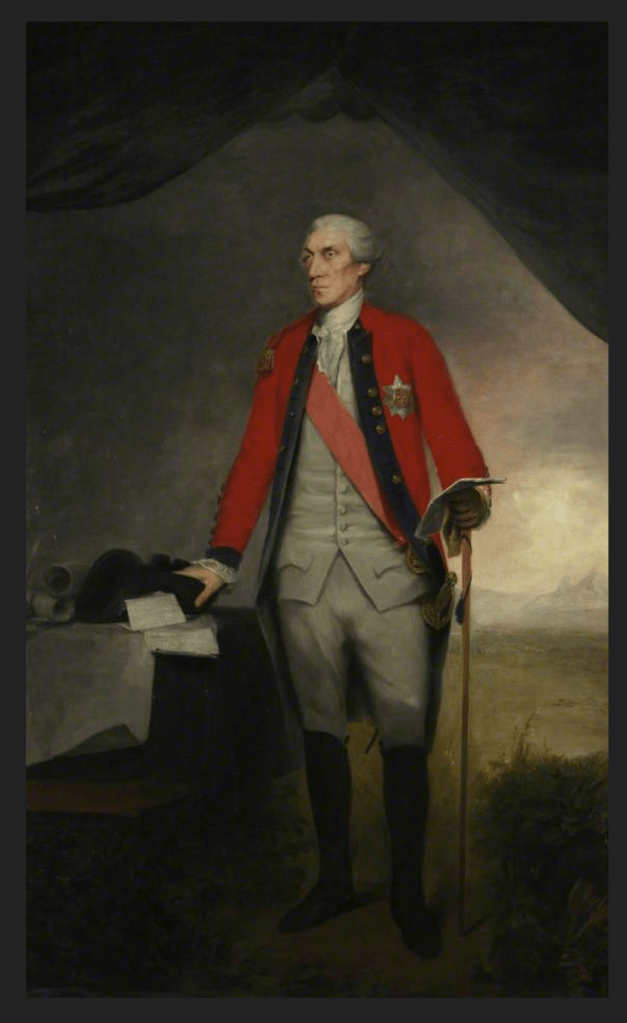
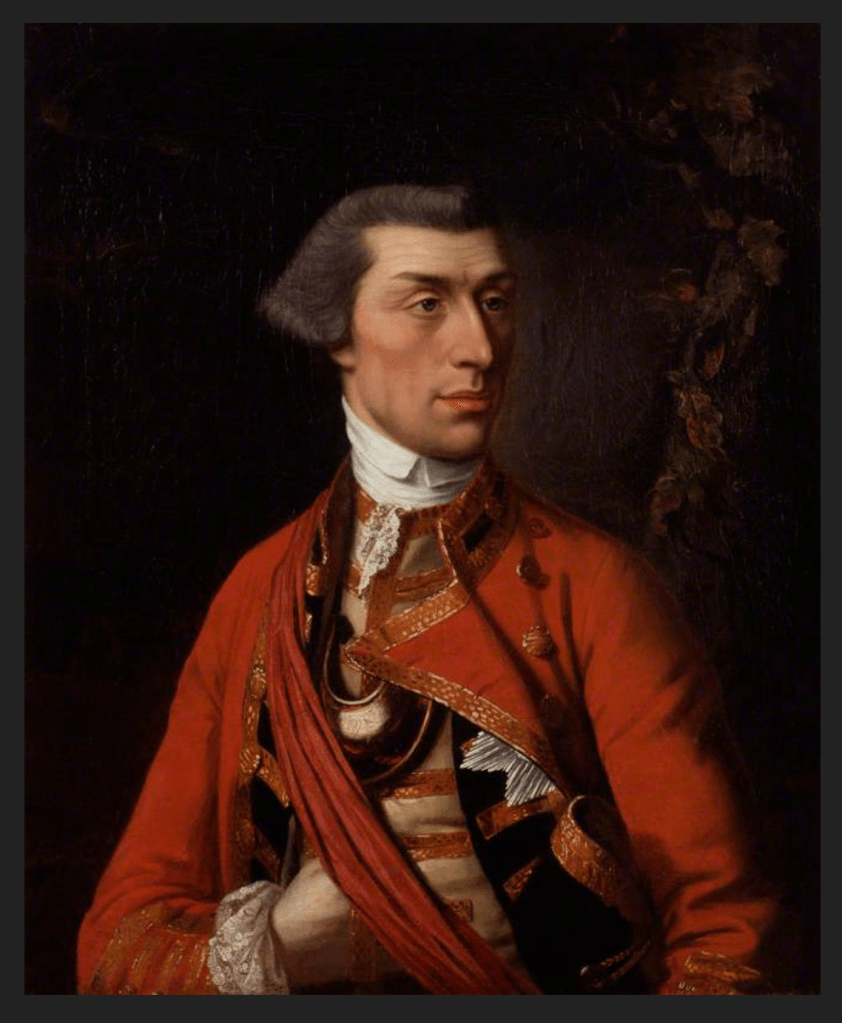
I am currently reading a book about George Macartney (1737-1806), Earl of Lissanoure, County Antrim, an ancestor of my husband Stephen. He worked for the East India Company for a few years in India and himself and Lieut. Gen. Eyre Coote disagreed with each other and took a dislike to each other!

As well as Lt-Col Eyre Coote (1726-1783) there were three sons of Reverend Chidley Coote (1678-1730) and Jane Evans: Robert Coote (d. 1745) who married Anne Purdon of Ballyclough, County Cork (now partly demolished); Reverend Charles Coote (1713-1796) who married Grace Tilson; and Thomas Coote who married Eleanor White of Charleville, County Cork.
Reverend Charles Coote (1713-1796) had a son Charles Henry Coote (1754-1823) who became 2nd Baron Castle Coote on 2 March 1802. Another son of Reverend Charles was Lt-Gen. Eyre Coote (1762-1823) who was Governor of Jamaica.
The website continues: “Coote’s nephew, Sir Eyre Coote, who was born at Ash Hill in the late eighteenth century, became the Lieutenant Governor of Jamaica between 1806 and 1808. It has been said that Coote, while living in Jamaica, had a relationship with a slave girl. Although unconfirmed, it is thought that Colin Powell, hero of the Gulf War, may be a descendant of this relationship.“

Reverend Charles’s daughter Grace Coote (circa 1756-1823) married Reverend Henry Bathurst and their daughter Henrietta married Major Denis Mahon of Strokestown, who was killed by his tenants – see my Strokestown entry.
Robert Coote (d. 1745) and Anne Purdon lived in Ash Hill. They had a son, Chidley Coote (1735-1799) who also lived in Ash Hill. He married twice. By his second wife, Elizabeth Anne Carr, he had several children. His oldest son, Charles Henry Coote (1792-1864) inherited the title of 9th Baronet Coote, of Castle Cuffe, Queen’s County on 2 March 1802.
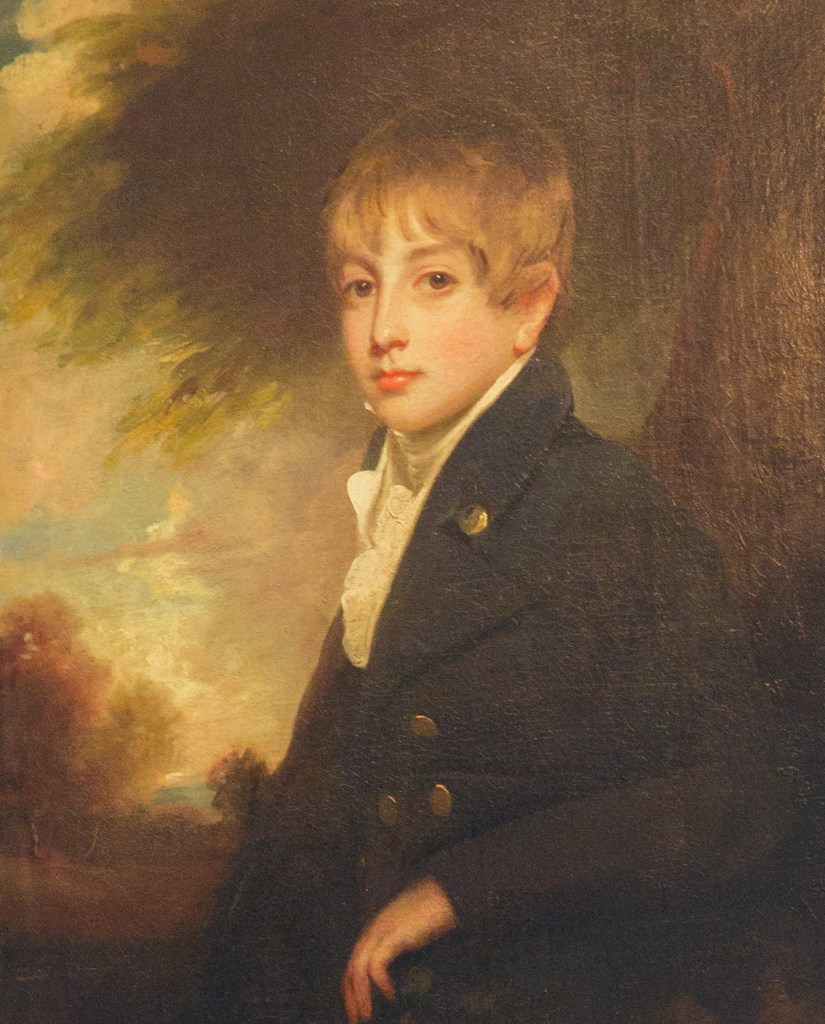
The Landed Estates database tells us about Ash Hill: “The residence of a branch of the Coote family in the 18th century, possibly held from the Barons Carbery. Ash Hill is referred to by Wilson as the seat of Chudleigh Coote in 1786. Bought by Eyre Evans from Chidley Coote in 1794 (see sale rental 6 July 1878). Eyre Evans held the property in fee throughout the first half of the 19th century.” [4]
Jane Evans who married Reverend Chidley Coote had a brother named Thomas Evans (d. 1753). Another brother was George Evans, 1st Baron Carbery. Thomas Evans, of Millltown Castle, married Mary Waller of County Limerick, and they had a son, Eyre Evans (1723-1773). Eyre of Milltown Castle, married a county Limerick heiress, Mary Williams (d. 1825).
Eyre and Mary had a son also named Eyre Evans (1773-1856). It was he who purchased Ash Hill Towers, and who hired Charles Frederick Anderson to renovate. He married Anna Maunsell of Limerick. This Eyre was Justice of the Peace and Deputy Lieutenant of County Limerick.
Eyre Evans (1773-1856) and Anna Maunsell had many children. Their son, another Eyre (1806-1852), lived at Ash Hill, and married Sophia Crofton, daughter of Edward Crofton, 3rd Baronet Lowther-Crofton, of The Moate, County Roscommon.
Eyre and Sophia’s son Elystan Eyre Evans (1845-1888) inherited Ash Hill. His father died when he was just seven years old.
The Landed Estates database tells us “Elystan Eyre Evans of Ash Hill Towers owned 2,148 acres in county Cork and 264 acres in county Limerick in the 1870s. Over 500 acres in counties Cork and Limerick including Ashhill Towers and demesne were advertised for sale in June 1877.” [5]
Elystan Eyre Evans married Isabella Smith in 1876, widow of Richard Beardsley, U.S. Consul General in Egypt, but they had no children.

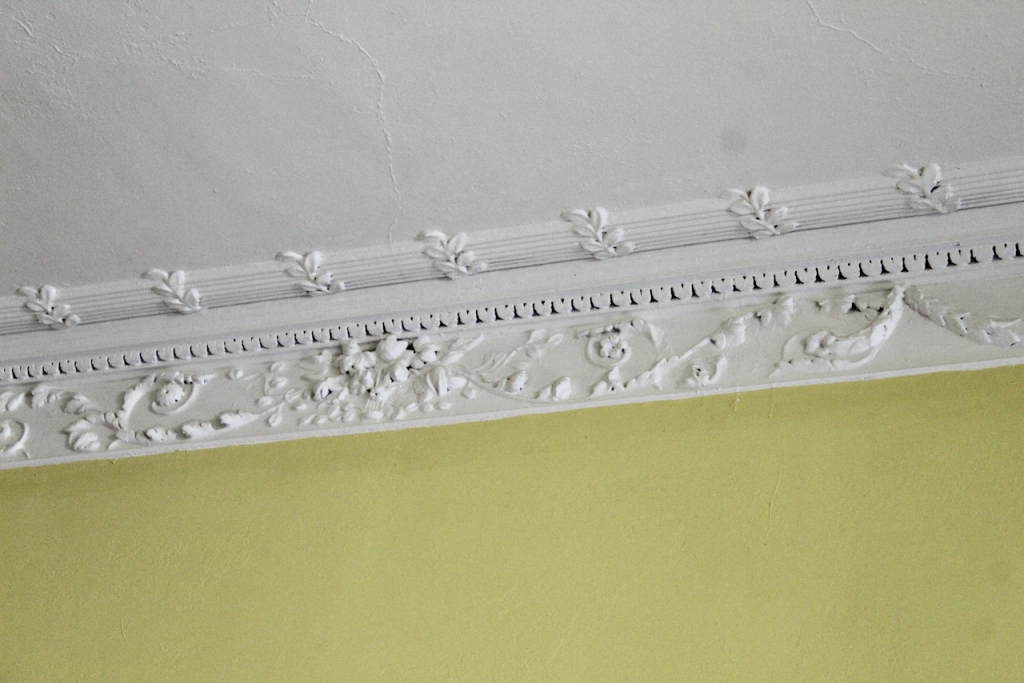

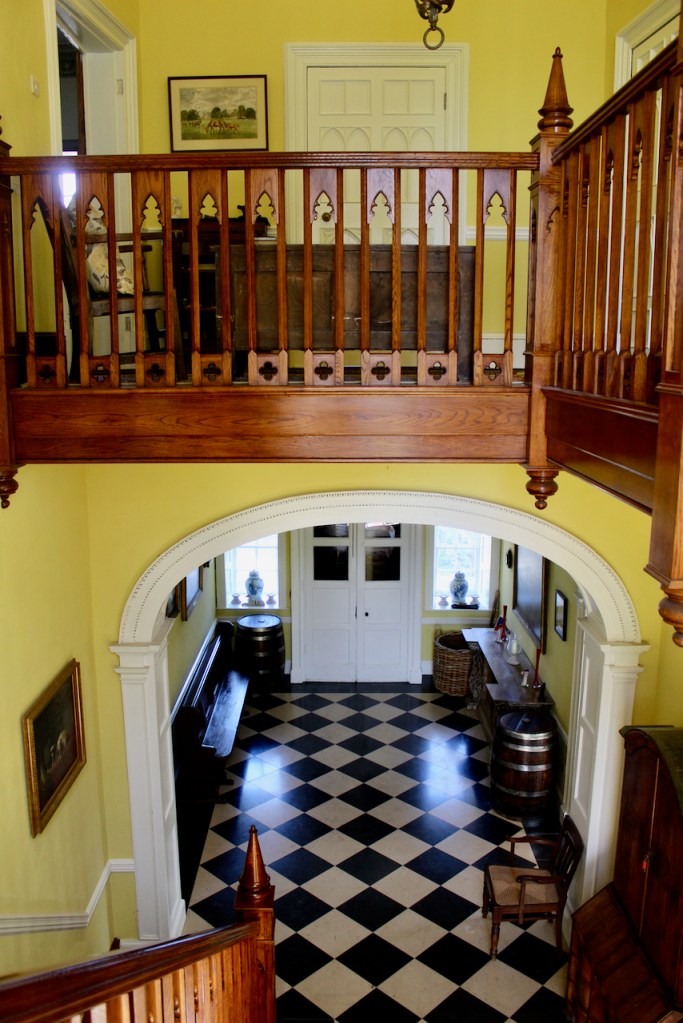
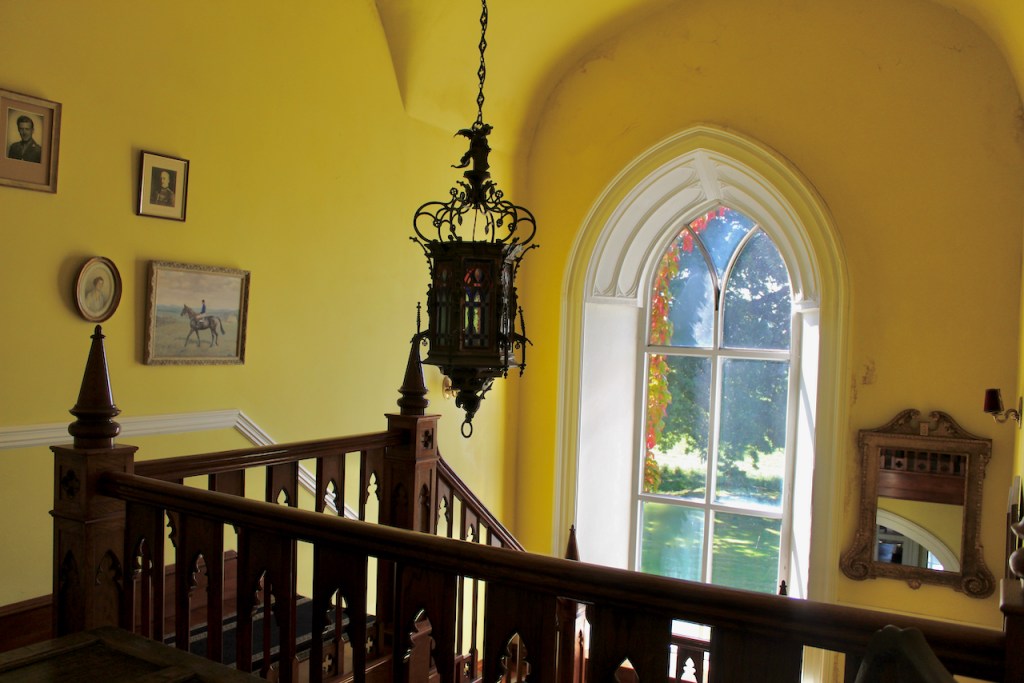
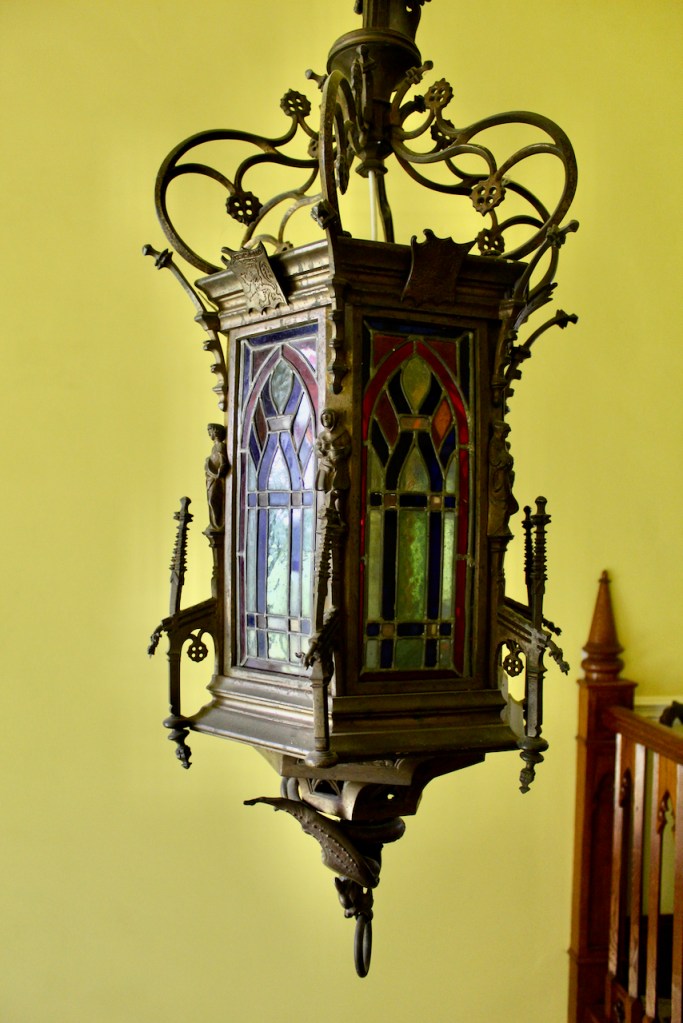
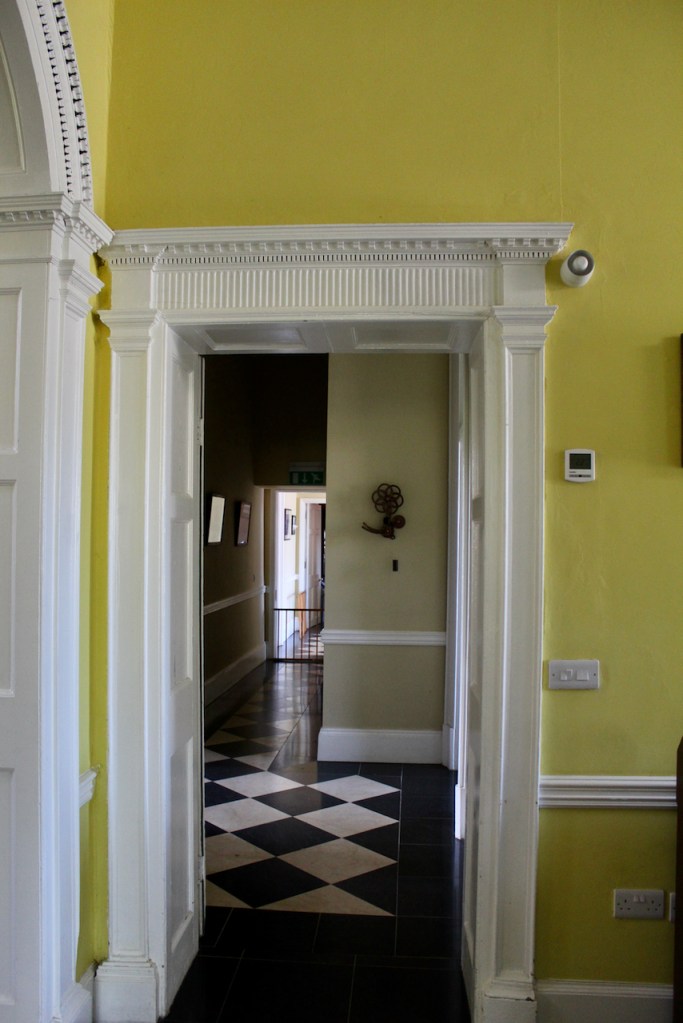
The Ash Hill website continues: “At about the time of the Famine, ownership of the estate passed out of the Evans family and, in 1858, part of the estate was acquired by Thomas Weldon. In 1860, another part of the estate was acquired by Captain Henry Frederick Evans. In 1880, Evans’ widow sold her interest in the estate to John Henry Weldon, a son of Thomas Weldon.
“The Evans family was a large family with many branches that emigrated to New Zealand, Australia, South Africa, England, Canada and U.S.A. One of the branch that emigrated to New Zealand was a prolific writer and much or possibly all of his writings were donated to the Alexander Turnbull library in Wellington, New Zealand.
“The estate passed out of the Weldon family to P.M. Lindsay in 1911. Captain Lindsay sold Ash Hill to Mrs. Denny Johnson in 1946.
“After Denise Johnson bought the property in 1946 she ran it as a successful stud, and she was a successful point-to-point rider with over 50 wins to her name. In 1956 she married Stado Johnson. After many falls she was told to “take up a safer sport then point-to point riding” by her doctor, she took up 3-day eventing and represented Ireland at an international level.
“Today, Ash Hill has been opened to the public and sees a great many people of varied interests. From architects to historians interested in taking a peek at Ireland’s unique past, all are welcome. Ash Hill is still owned by the Johnson family who enjoy sharing their love of history and the outdoors with the public. Most days, Simon and Nikki Johnson can be found wandering around the estate tending to the garden and pastures. For those interested, Simon can be happily talked into a full tour.“


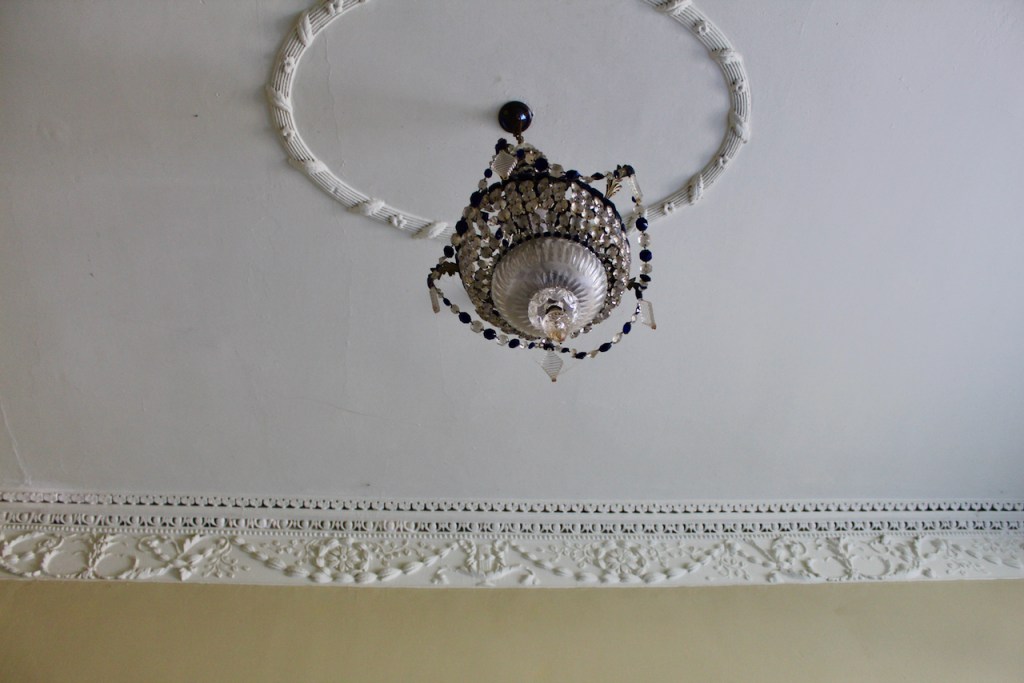
Inside the bow window downstairs there is a beautiful drawing room with impressive plasterwork.
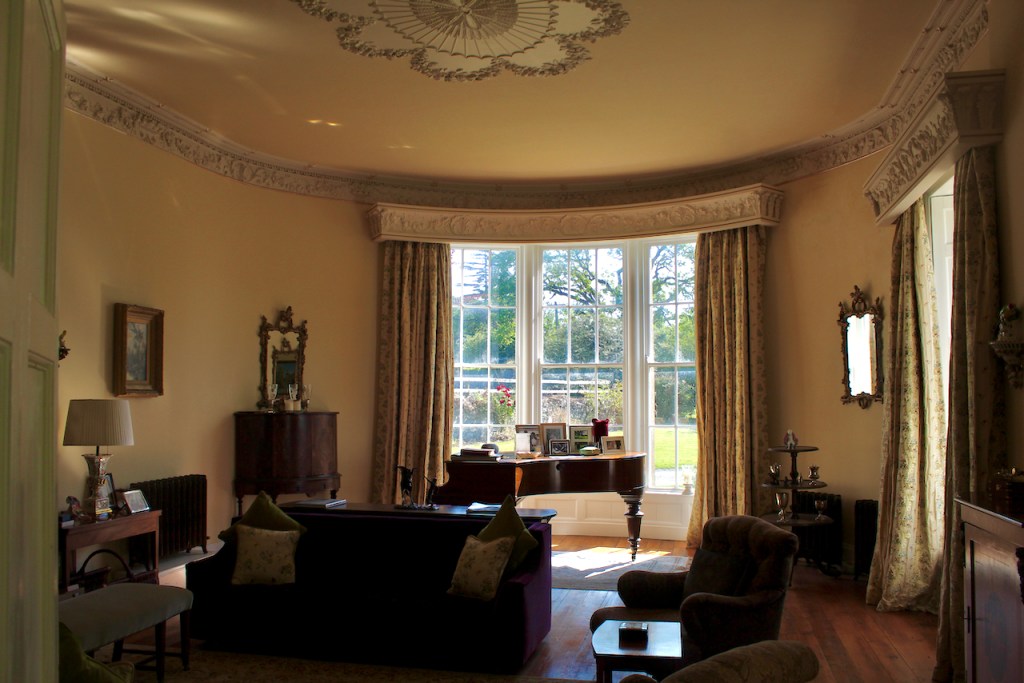
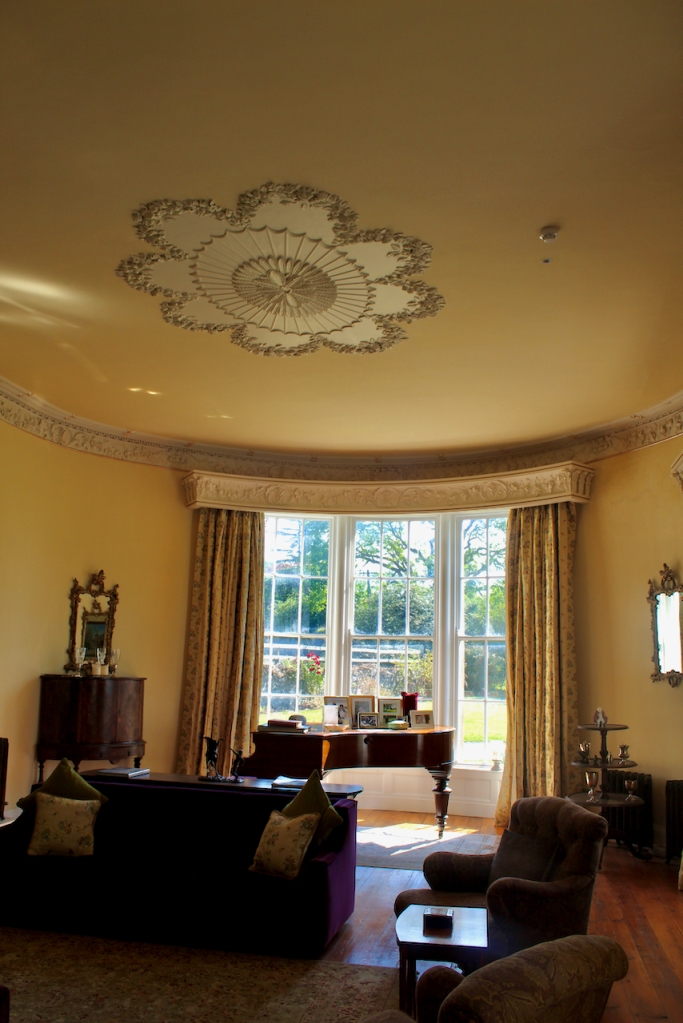
There is also a lovely dining room which guests are invited to use.
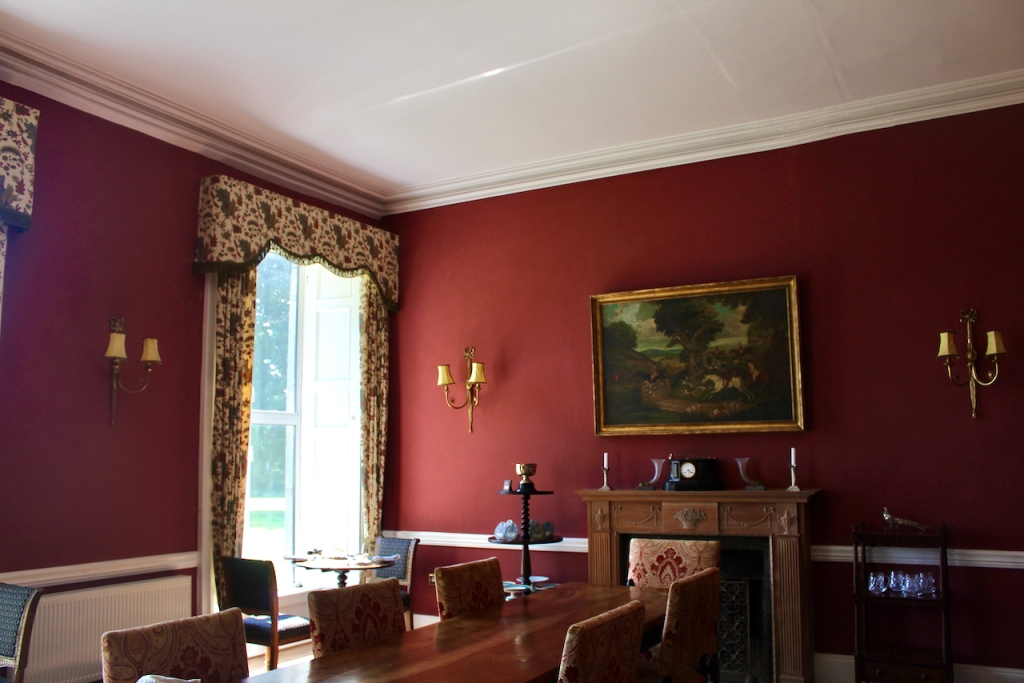
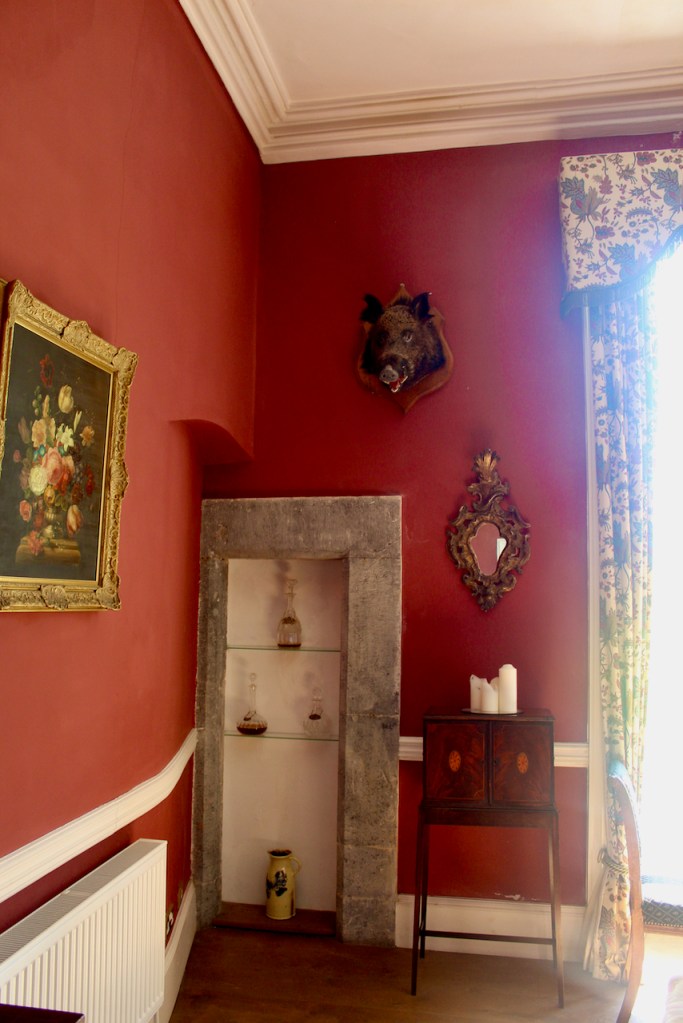
Upstairs, there is another sitting room with another impressive ceiling – this one currently in a state of repair. Mark Bence-Jones says the ceiling is by the same hand as the one in Glin Castle. This is said to be possibly attributable to the Dublin stuccodores Michael Stapleton or Charles Thorpe and dates from 1780s. [6]
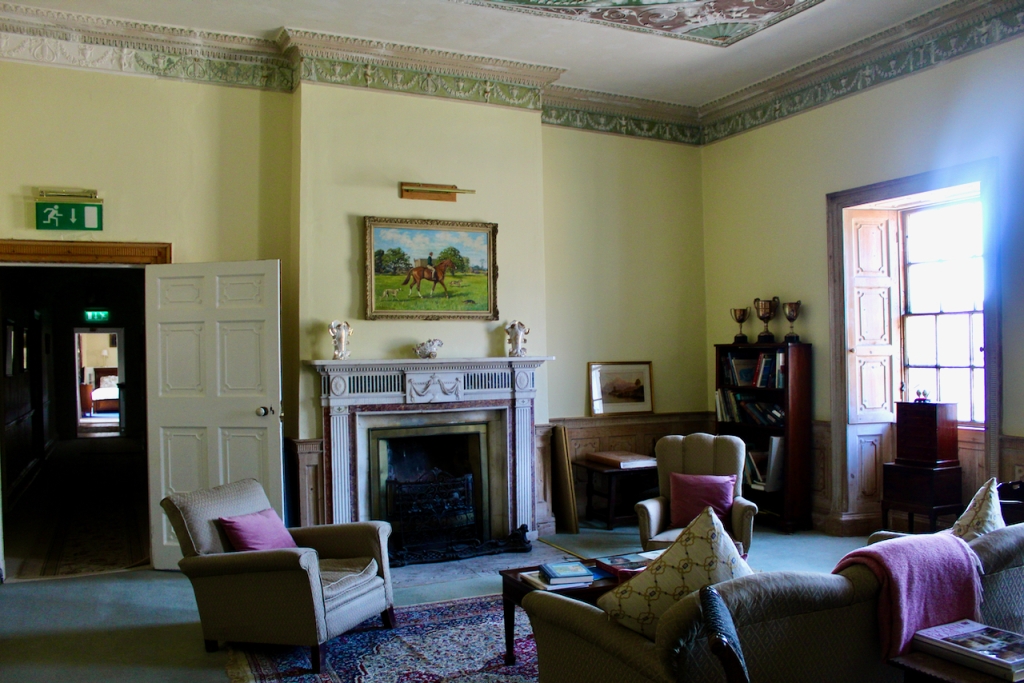

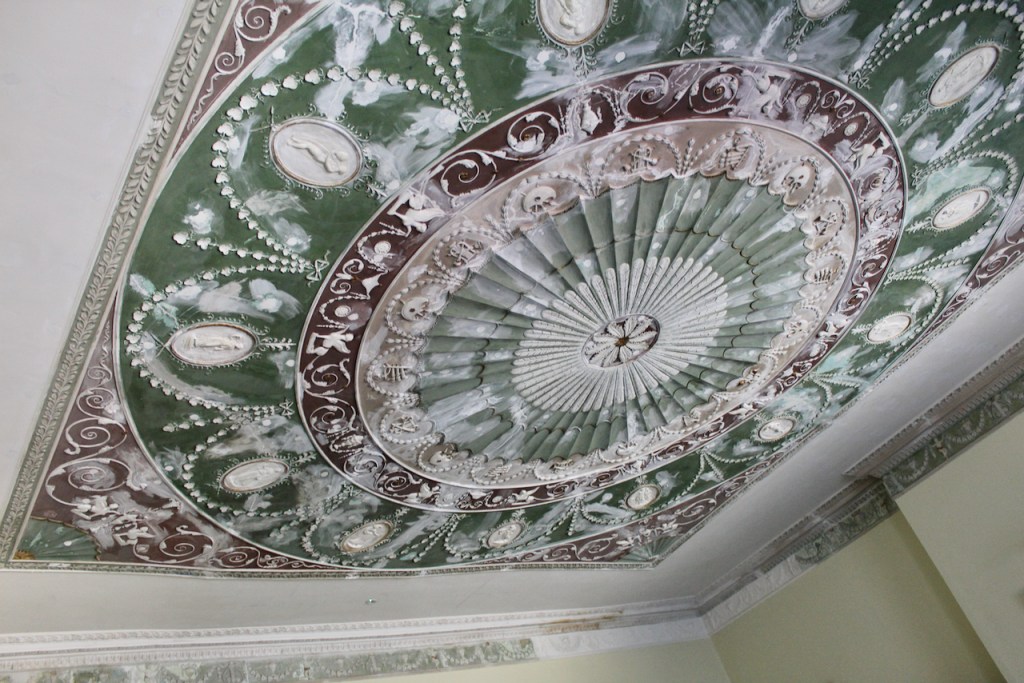




The bedroom off the upper sitting room is also very decorative.
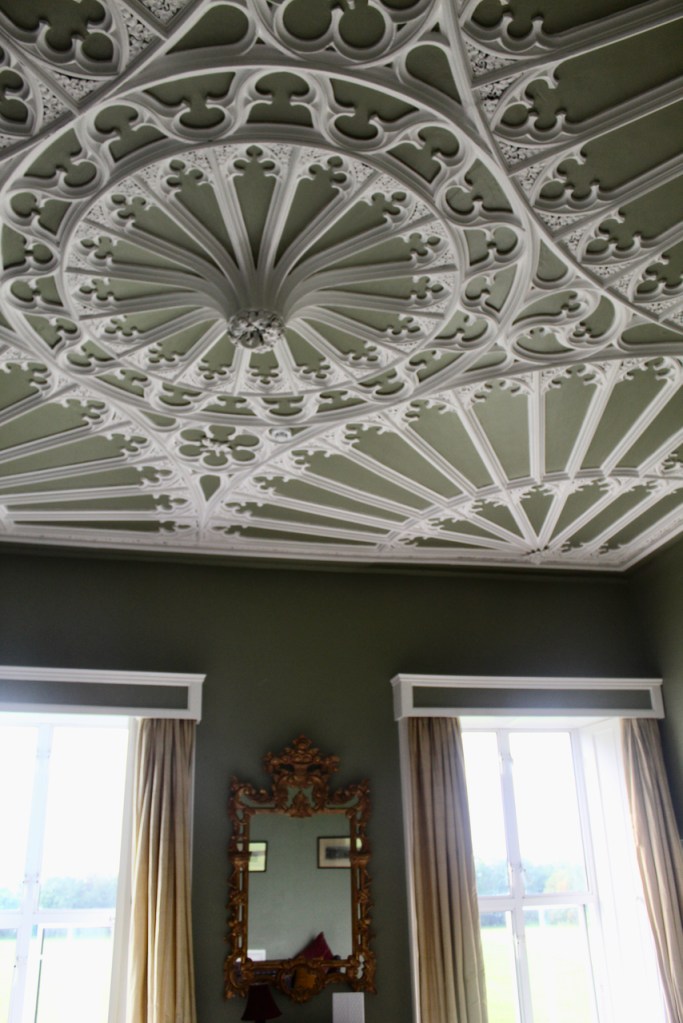
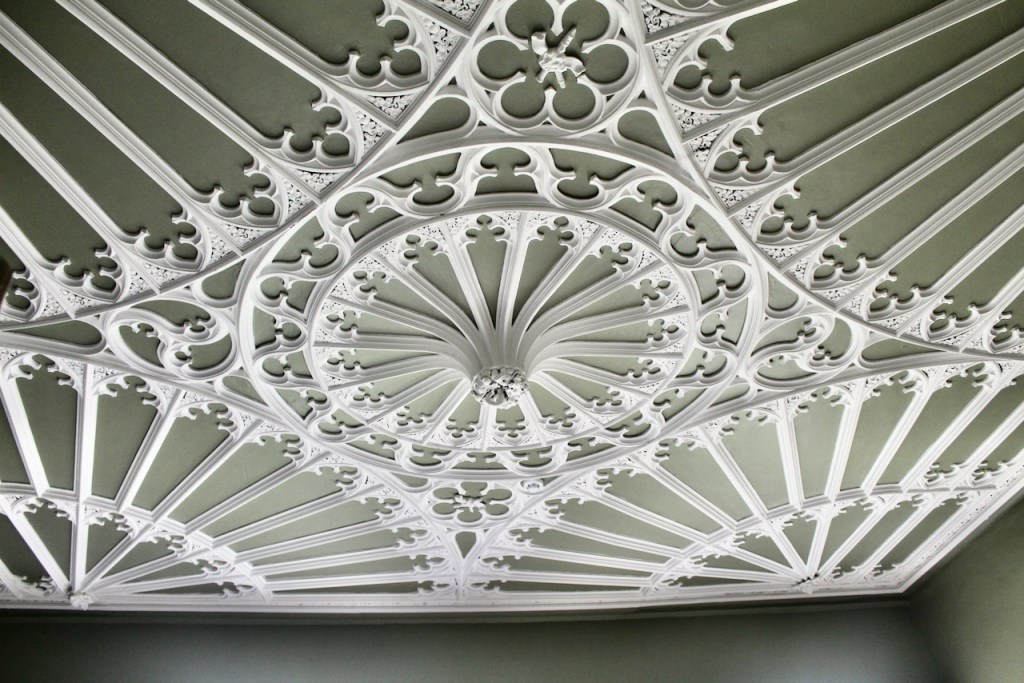

Even the hallway upstairs leading to the back staircase has a lovely arched ceiling and decorative plasterwork.

The website tells us: “During the “troubled times” the house was occupied by three sets of troops who looted and vandalized the property, using ancient family portraits for target practice. As these “troubled times” were ending, Michael Collins, the Irish leader at the time, visited the house on his way south to what would be his violent and untimely demise at the hands of his enemies. There is a considerable amount of graffiti left on the walls of the top floor rooms which were occupied by both troops and prisoners.” We didn’t see this graffitti!


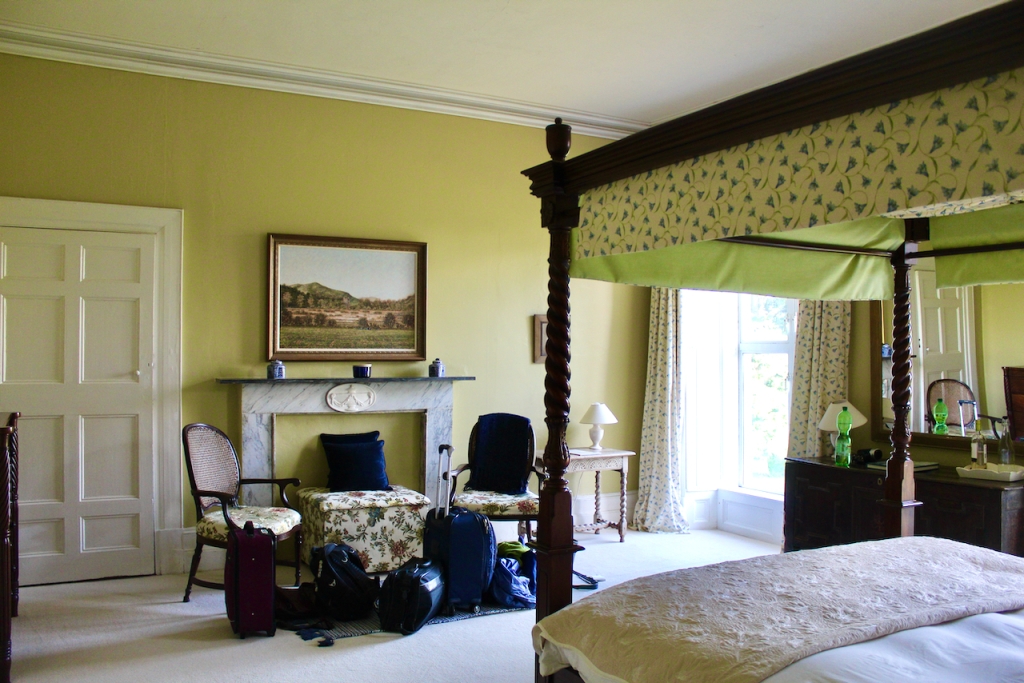
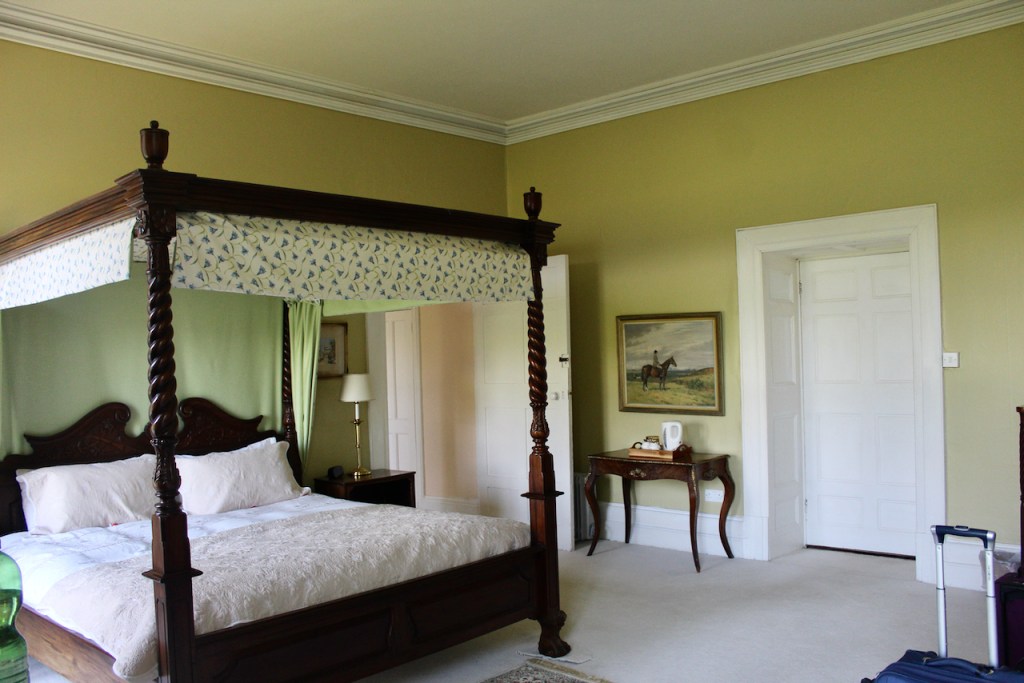
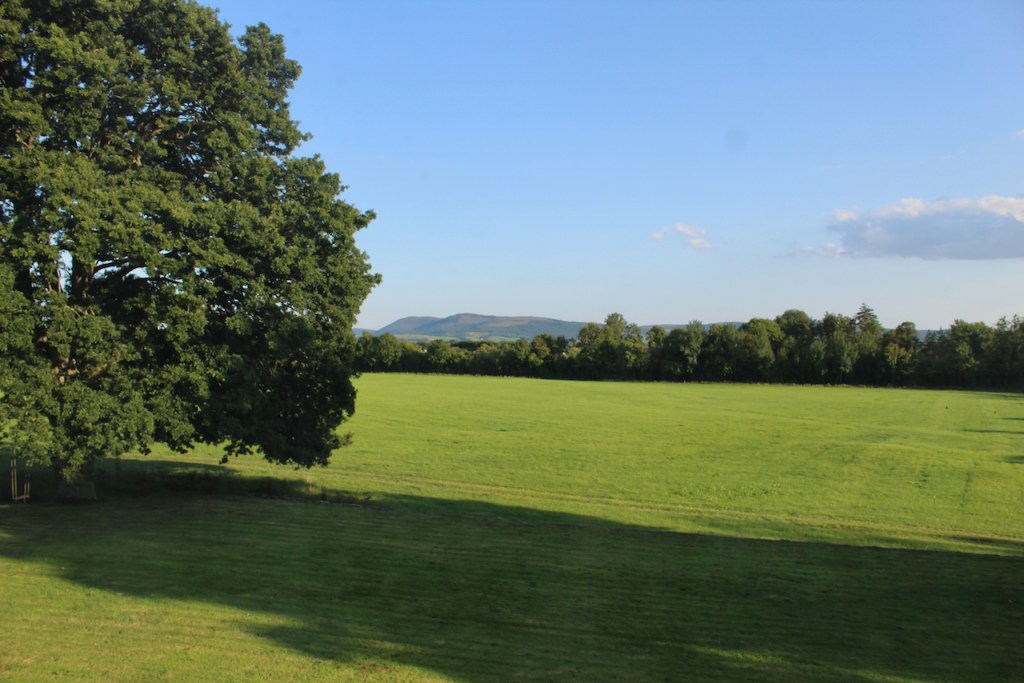
We had a beautiful stay – you can see how relaxing it is in the surroundings. Nicole was very hospitable and one evening we sat in the drawing room downstairs and shared a great chat. It is a wonderful base for explorations of the countryside.
[1] Bence-Jones, Mark. A Guide to Irish Country Houses (originally published as Burke’s Guide to Country Houses volume 1 Ireland by Burke’s Peerage Ltd. 1978); Revised edition 1988, Constable and Company Ltd, London.
[3] “The first recorded ownership of Ash Hill was in 1667 when Chidley Coote acquired the property from Catherine Bligh.” I think this was either Chidley Coote (d. 1668) son of Charles Coote (d. 1642), 1st Baronet Coote, of Castle Cuffe, Queen’s County, or his son Chidley Coote who died in 1702.
Charles Coote (1581-1642) was born in England and joined the military, held command of an infantry company in Munster from 1601 until some time after 1603. He was granted a reversion to the post of provost marshal of Connacht in June 1605. He built up land possession in Leitrim, Roscommon and Sligo. By 1617 he had married Dorothea, probably the younger daughter of Hugh Cuffe, plantation undertaker in Co. Cork, who brought property in Co. Cork and in Queen’s County to the marriage. He was created 1st Baronet Coote, of Castle Cuffe, Queen’s Co. [Ireland] on 2 April 1621. He had four sons and one daughter; the eldest son, also Charles (c. 1605-1661), became 1st earl of Mountrath.
He had another son, named Chidley (c. 1608-1668). Chidley married a daughter of Francis Willoughby, and secondly, married Alice Philips, by whom he had a son, Lt-Col Chidley Coote (c, 1644-1702), and another son, Philips Coote (b. 10 March 1658).
Lt-Col Chidley Coote (c. 1644-1702) married Catherine Sandys and had a son, who became Reverend Chidley Coote (1678-1730). He lived at Ash Hill. He married Jane Evans, daughter of George Evans (1658-1720) of Bulgaden Hall, County Limerick, MP for Limerick. Jane’s mother was Mary Eyre, of Eyrecourt, County Galway, and it is thanks to her that the name “Eyre” entered the family.
[4] https://landedestates.ie/estate/2417
[5] https://landedestates.ie/estate/2418
[6] See also https://theirishaesthete.com/2022/04/18/ash-hill/
2 thoughts on “Ash Hill, Kilmallock, County Limerick V35 W306”